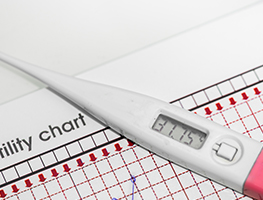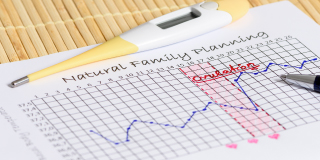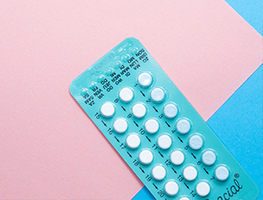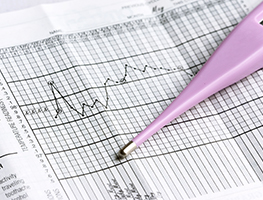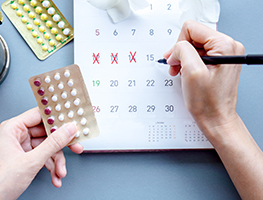Predicting ovulation can also be used to avoid conception, but bear in mind that even women who are highly tuned into their body’s cycles can miss the signs that ovulation is imminent. Far from being exact, ovulation prediction weighs up the odds and at best provides a reasonably accurate idea. This is why most ovulation predictors come with a covering disclaimer – there are no guarantees. Most are described as a “best guess”, harmless means of boosting the odds of falling pregnant.
How can I tell if I’ve ovulated?
Each month an egg is supported towards maturity by the action of hormones on the ovarian follicle in which it rests. Generally a new egg ruptures and is released mid-cycle; around day 14-15 after the first day of the last normal period. If the egg is fertilised and implants in the womb, there will be no period. However, if fertilisation does not occur then the uterine lining is shed in the next period, around 14 days later.
The most common and basic method of detecting ovulation is to use a monthly calendar. Mark the first day of your menstrual period and again, when bleeding stops. Doing this for a couple of months will help you to understand your own biological patterns and the cyclic, generally predictable nature of menstruation. Although the average length of a menstrual cycle is 28 days, this can vary between individual women. Some have shorter or longer cycles. It is important to look for physical changes, which indicate ovulation has occurred, rather than rely solely on calendar dates.
When should we try?
Having intercourse just prior to, or at the time of, ovulation will maximise the chances of conceiving a baby. There is only a small window of time – 12 to 24 hours, where the egg is viable and capable of being fertilised. Sperm are much more robust than eggs and can survive for between three to five days after ejaculation. Fertilisation normally occurs in one of the woman’s fallopian tubes. As soon as the egg has been fertilised, a signal is given off to the other sperm not to waste their efforts, there has already been a lucky winner.
For more information see conception and getting pregnant.
Physical signs of ovulation
An increase in the woman’s body temperature .Taking the basal body temperature first thing in the morning can be a good way to detect when ovulation has occurred.






